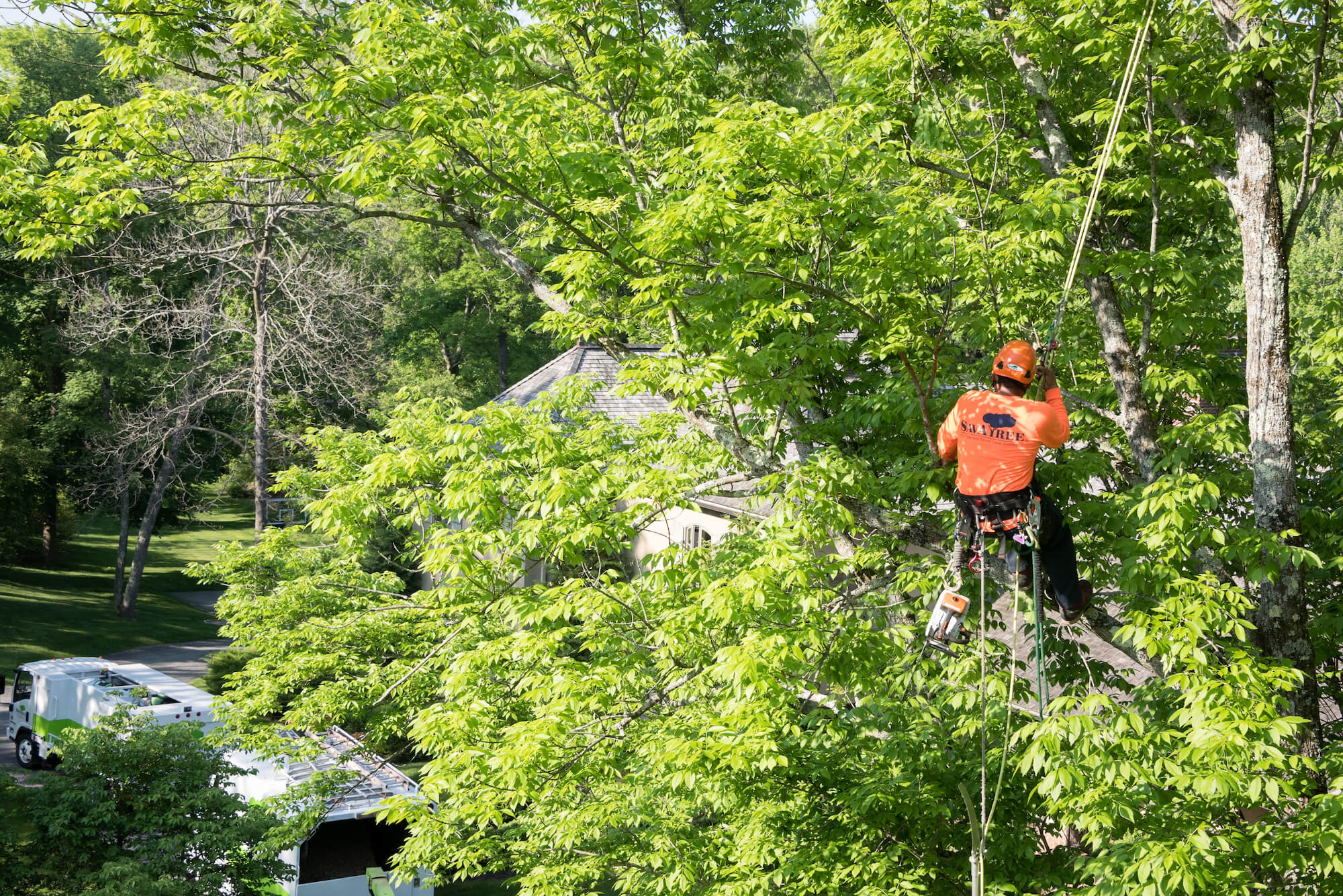Leading Tree Service Guilford CT: Professional Tree Removal
Leading Tree Service Guilford CT: Professional Tree Removal
Blog Article
Understanding the Value of Tree Preservation and Conservation Practices in Urban Areas
In the bustling landscape of urban settings, trees commonly stand as quiet guardians, offering a multitude of advantages that extend much beyond their aesthetic charm. Recognizing the importance of tree preservation and conservation practices in these areas is not just an alternative approach however an ecological factor to consider to fostering resilient and lasting communities. As we check out the interwoven fabric of environmental, social, and financial advantages that urban trees provide, it becomes obvious that their preservation is crucial for the health of existing and future generations. Let us get started on a journey to reveal the crucial role that trees play fit the urban landscapes of tomorrow.
Environmental Benefits of Trees in Cities
Trees in metropolitan locations play an essential function in providing different ecological advantages, adding to the overall well-being of city slicker. One substantial benefit is the improvement of air top quality. Trees work as natural filters, taking in toxins such as carbon monoxide gas, sulfur dioxide, and nitrogen dioxide, and releasing oxygen into the environment. This procedure helps in reducing the concentration of hazardous gases, making the air cleanser and healthier for citizens.

Furthermore, trees add to water monitoring by decreasing stormwater drainage and soil disintegration. Their origin systems take in excess water, avoiding flooding and filtering pollutants prior to they reach water bodies. This all-natural procedure assists keep water high quality and secures marine ecosystems in metropolitan locations. Overall, the environmental benefits of trees in cities are important for producing lasting and livable urban atmospheres.
Social Significance of Urban Tree Preservation
In modern city landscapes, the preservation of trees holds substantial social importance for promoting neighborhood wellness and improving high quality of life. Urban tree preservation plays an important role in creating spaces for social communication and area interaction.
:max_bytes(150000):strip_icc()/TrimmingTreeBranchesfromBucket-0e625ea8165b4987bee7d818102a6958.jpg)
Economic Value of Tree Conservation
The conservation and preservation of urban trees supply considerable financial advantages that add to the general financial well-being of cities and communities. Urban trees supply a wide variety of financial advantages that favorably impact neighborhood economic situations. One substantial economic advantage of tree conservation is the rise in home values. Trees boost the visual allure of communities, resulting in greater building values and drawing in potential buyers or tenants. Additionally, city trees help in reducing power prices by supplying shade in the summertime and functioning as windbreaks in the winter, thereby lowering the demand for home heating and cooling systems.
Furthermore, trees play an important function in lowering stormwater overflow and minimizing the results of flooding, which can cause price savings for cities in regards to framework repair and maintenance. Urban trees also add to improved air quality by releasing and soaking up toxins oxygen, causing prospective cost savings in healthcare costs related to breathing illnesses. By acknowledging and spending in the economic worth of dig this tree conservation, cities can advertise lasting advancement, enhance high quality of life, and create more resistant urban environments.
Strategies for Lasting Urban Tree Management
An extensive approach to lasting city tree administration includes incorporating diverse approaches that prioritize long-term environmental health and wellness and area health. Executing tree stocks and analyses is critical to understand city tree populaces, their wellness, and upkeep needs.
Community involvement plays a critical function in lasting metropolitan tree monitoring. Educating residents concerning the benefits of trees, organizing tree planting events, and involving volunteers in tree treatment activities promotes a feeling of ownership and stewardship. Collaboration between regional government, environmental companies, and residents is key to developing and implementing effective tree monitoring plans.
Purchasing green infrastructure, such as green roofing systems and urban forests, can offer several benefits, including improved air high quality, stormwater monitoring, and city heat island mitigation. tree removal. Integrating trees right into metropolitan planning and design procedures makes certain that trees are valued as important elements of a resistant and healthy and balanced city atmosphere
Community Involvement in Tree Conservation
Neighborhood participation is an essential component in cultivating sustainable metropolitan tree administration techniques and ensuring the lasting wellness and preservation of city tree populaces. Involving the neighborhood in tree conservation campaigns can lead to increased understanding, gratitude, and stewardship of trees within city areas. When citizens actively take part in tree growing, preservation, and maintenance initiatives, they establish a feeling of possession and satisfaction in their local setting.
Area involvement also promotes social cohesion and cooperation amongst citizens, neighborhood authorities, and ecological companies, cultivating a common responsibility for this post city tree conservation. By arranging tree growing occasions, educational workshops, and volunteer possibilities, communities can function with each other to boost the city tree cover and develop greener, much healthier cities.
Final Thought
To conclude, metropolitan tree preservation and preservation methods play an essential function in enhancing the environmental, social, and financial health of cities. By acknowledging the worth of trees in urban areas and applying sustainable reference monitoring techniques, areas can enjoy the many benefits that trees provide. It is essential for stakeholders to proactively get involved in tree conservation initiatives to make certain a greener and much healthier city atmosphere for existing and future generations.

Report this page